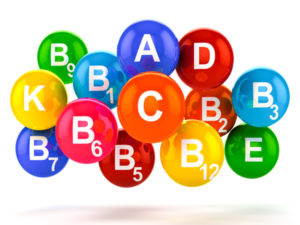Problems Associated With Vitamin A & E Deficiency
12 February 2018Vitamin A
Deficiency is unlikely to occur in cattle and sheep overwintered on grass, silage or good hay. Housed animals fed diets based on straw, cereals and beet pulp are most at risk. Colostrum is an important source for new born calves and lambs. Signs of deficiency are less likely in adult animals but growing animals have higher requirements and smaller stores of vitamin A in their livers. Deficiency during pregnancy can lead to the birth of blind calves. In growing cattle night blindness can be the first sign of a problem but is reversible once the animals are supplemented with vitamin A. Continuing deficiency leads to permanent blindness and affected animals may develop an unsteady gait or convulsions. The skin can become crusty and flaky.
Vitamin E
Grass and silage are good sources of vitamin E but poor hay, straw and root crops can be deficient. Vitamin E content can be particularly low in cereals treated with propionic acid. Colostrum is an important source for new born calves and lambs. White muscle disease is seen in lambs and calves and can be a problem following turn out. Animals may be found dead or have a stiff gait with muscles that feel firm. Deficiency in ewes can lead to stillbirths and the birth of weak lambs that are slow to stand and suck.
Both vitamin A and E also have a role in immune function. If you suspect a problem ask your vet to examine the affected animals and collect blood samples. It may also be useful to blood sample cows or ewes in late pregnancy.
Heather Stevenson, heather.stevenson@sac.co.uk
Sign up to the FAS newsletter
Receive updates on news, events and publications from Scotland’s Farm Advisory Service

